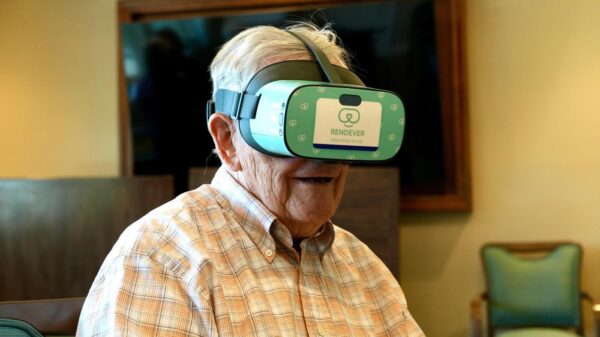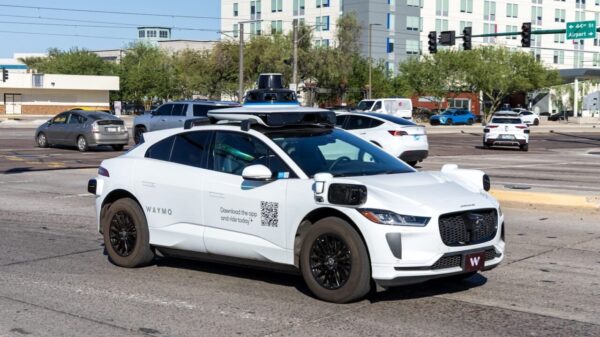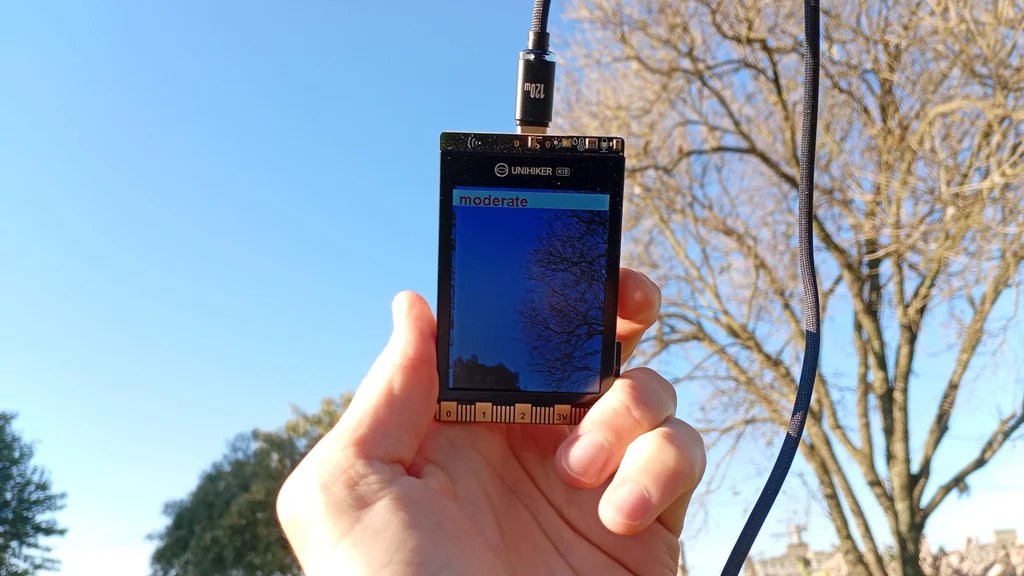A novel approach to estimating air quality has emerged, utilizing computer vision and artificial intelligence rather than traditional sensors. The project, led by Lucas Creator, employs a low-cost device that leverages a microcontroller module known as the Unihiker K10, which is built around the ESP32-S3 chip.
How the System Works
The device operates on a lightweight convolutional neural network (CNN) that has been trained on a dataset comprising 12,000 images of the sky. These images were sourced from public data collected in India and Nepal, each tagged with the corresponding Air Quality Index (AQI) at the time of capture. By analyzing images taken with a camera connected to the ESP32, the model estimates air quality based on its learned dataset.
Although this method may initially sound unconventional, it draws from existing studies that have demonstrated the potential of using video data for low-cost air quality estimation. This approach does not aim to replace established measurement techniques but rather serve as an additional data point, potentially sourced from existing surveillance infrastructure.
Performance and Limitations
While the accuracy of such models has shown promise in various instances, Lucas Creator acknowledges the limitations inherent in their implementation. The compact design of the device does not always yield the highest precision in determining actual air quality. Despite this, the concept remains intriguing, as it offers a practical application for AI in environmental monitoring.
Implementing this technology on an ESP32 can pose challenges, particularly for those seeking supreme accuracy. Nonetheless, this project highlights an innovative intersection of technology and environmental science. Other notable air quality monitoring projects have been featured previously, showcasing diverse methods for capturing critical environmental data.
As communities continue to grapple with air quality issues, advancements like these may contribute to a broader understanding of environmental conditions, albeit as a supplementary tool rather than a primary measurement method. The ongoing exploration of AI in this field suggests a potential shift in how air quality data may be gathered and utilized in the future.







































































